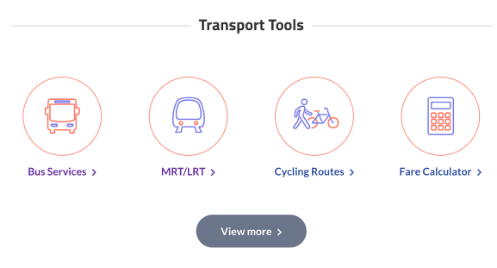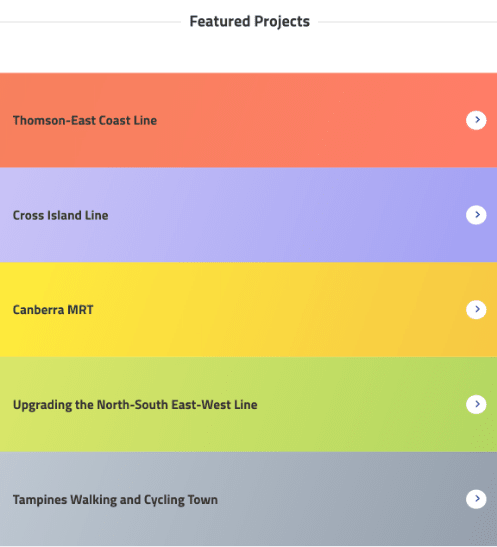Johor Bahru – Singapore Rapid Transit System Link
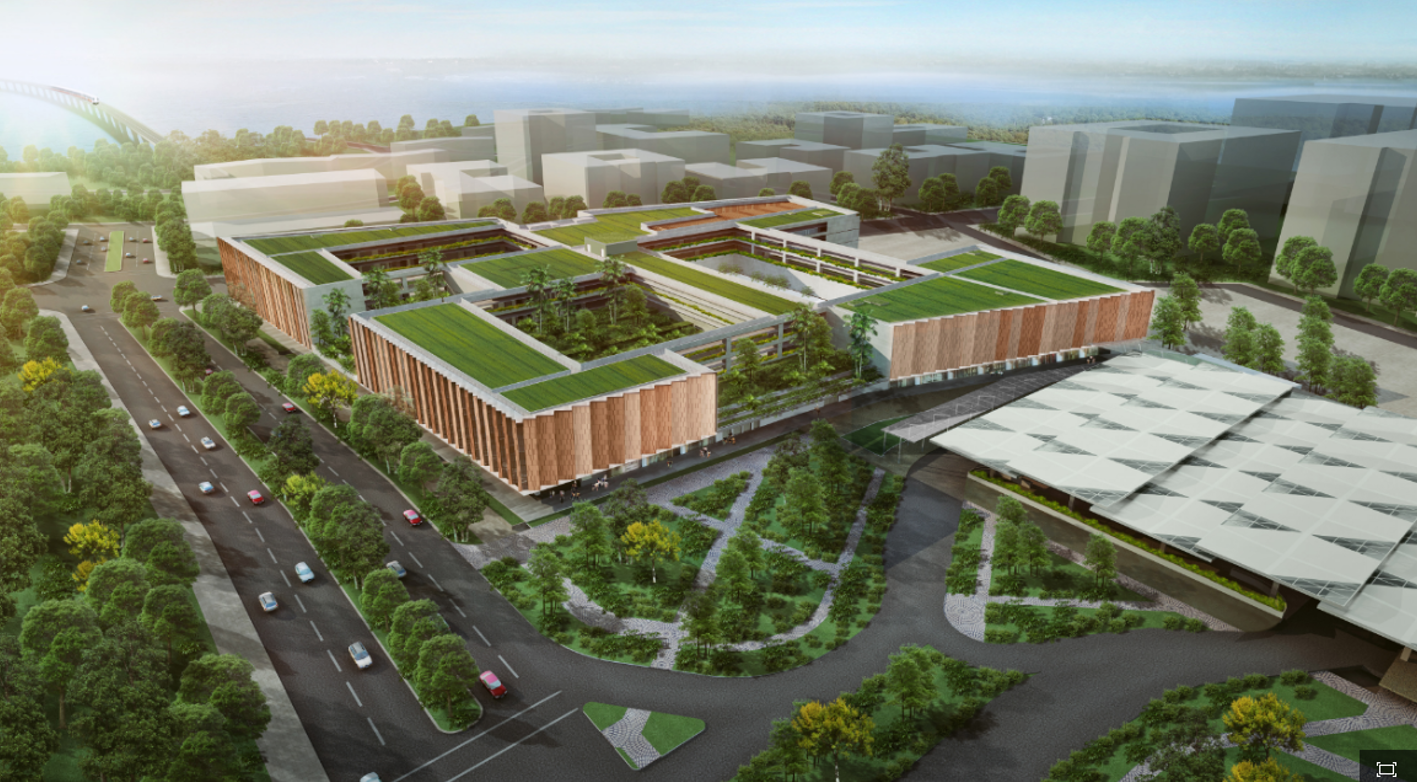
Crossing the Straits of Johor via a 25m-high bridge from Woodlands North Station in Singapore to the Bukit Chagar Station in JB, the Johor Bahru – Singapore Rapid Transit System (RTS) Link, a bilateral project between Singapore and Malaysia, will help to ease Causeway congestion, improve connectivity, foster people-to-people ties and generate shared economic and social benefits. The RTS Link will be a standalone Light Rail Transit (LRT) System with the capacity to serve up to 10,000 commuters during peak periods, for every hour and in each direction, with a train journey time of about five minutes between the two stations. The RTS Link is targeted to commence passenger service at the end of 2026.
To facilitate a seamless travelling experience, there will be co-located Customs, Immigration and Quarantine (CIQ) facilities. Passengers travelling in either direction will clear both Singapore and Malaysia authorities at the point of departure, and need not go through immigration clearance again at the point of arrival.
The RTS Link is a bilateral project between Singapore and Malaysia that involves the close cooperation of multiple parties and agencies on both sides.
Latest Updates
Singapore and Malaysia held a ceremony on 30 July 2020 to resume work on the RTS Link. Construction for RTS Link Woodlands North Station officially kickstarted on 22 January 2021.
In January 2024, Singapore and Malaysia commemorated the completion of the 17.1m long connecting span, which connects the marine viaduct between Singapore and Malaysia.
The Viaduct Aesthetic Feature situated near the connecting span along the marine viaduct has been completed. This iconic structure depicts the clasping of hands, symbolising the close partnership and ties between the two countries.
RTS Operations Pte Ltd (RTSO), a joint venture company formed by Malaysia’s Prasarana Malaysia Bhd and Singapore’s SMRT Corporation Ltd will operate the JB – Singapore RTS Link, will progressively have access to the civil infrastructures within Singapore for the installation of the RTS Link rail systems, including laying of tracks and signalling systems. The remaining works include architectural works, roadworks, installation of electrical and mechanical systems and other key systems will proceed in tandem.
Locations of Stations
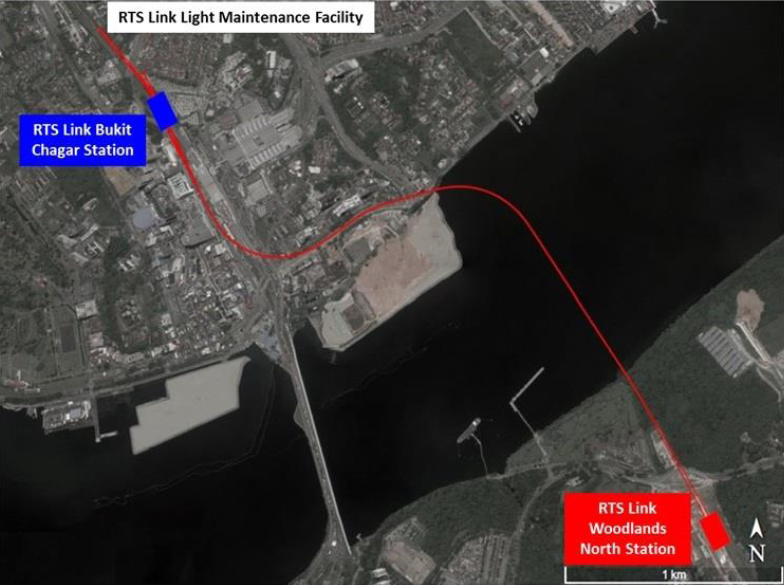
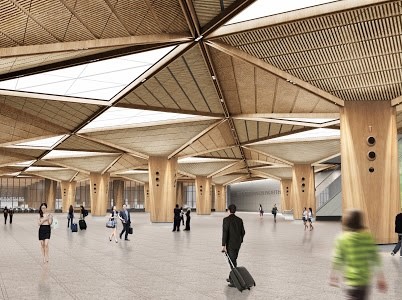
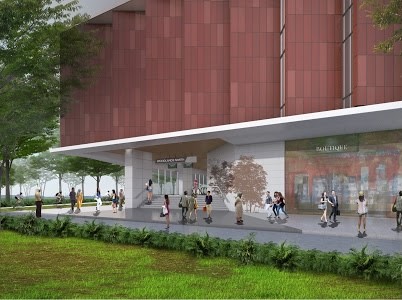
The depot for the RTS Link will be constructed in Wadi Hana, Johor Bahru, Malaysia.
Key Facts
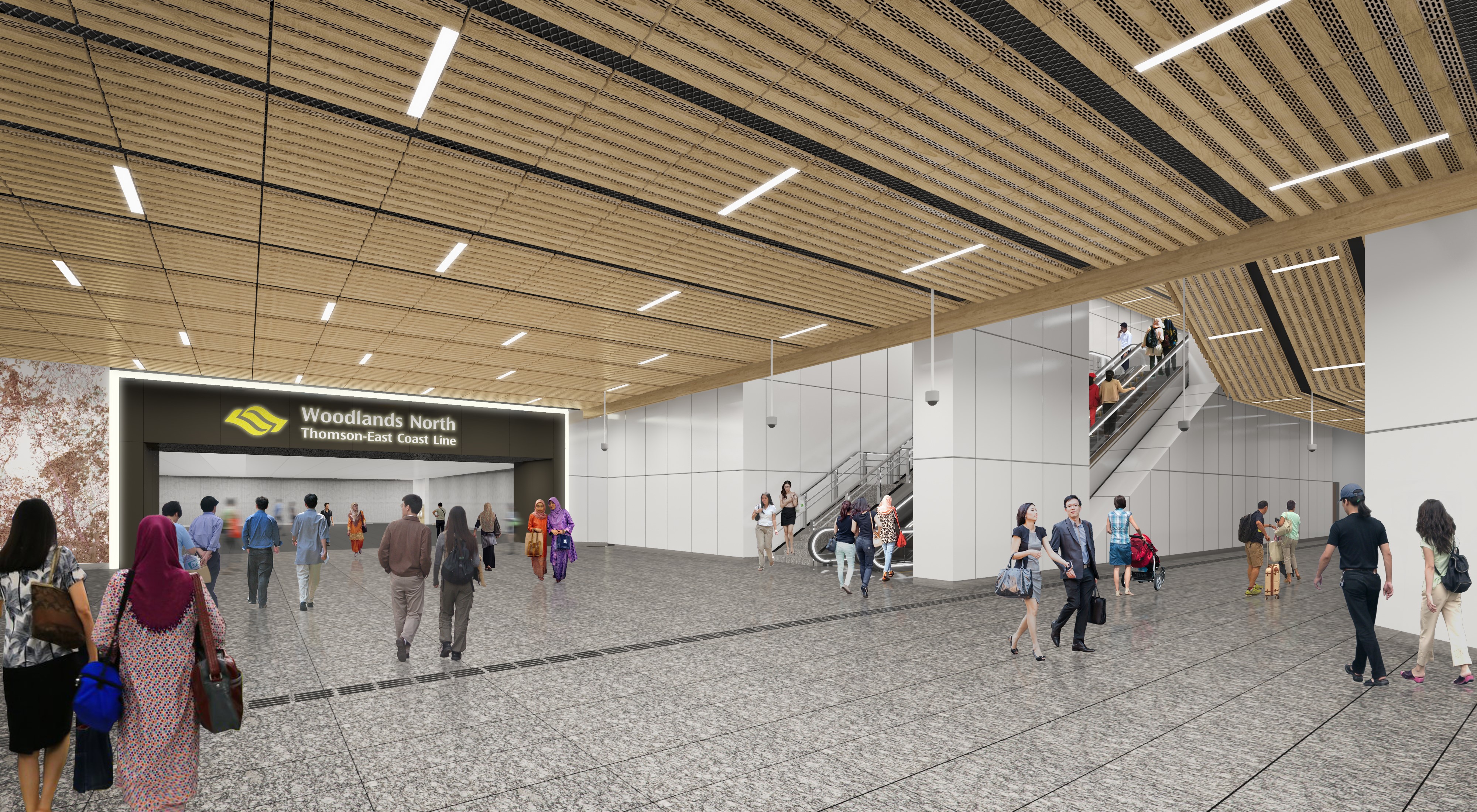
Artist's Impression of TEL Woodlands North Station connected to RTS Link Woodlands North Station
The 4km long train journey will connect passengers between Singapore terminus in Woodlands North and Johor’s Bukit Chagar station. RTS Link Woodlands North station will seamlessly connect to the existing Thomson-East Coast Line (TEL) Woodlands North station at the basement to enhance rail connectivity between RTS Link and our MRT network.
The RTS Link Woodlands North Station will be constructed underground at a maximum depth of 28 metres. There will be three stories, with two basement levels and an underground linkway to the CIQ building. The RTS Link transits from the underground Woodlands North Station to the above-ground Bukit Chagar station via a 25m high bridge across the Straits of Johor.
Engineering Marvels
The cross-border nature of the construction will involve many stakeholders and require close coordination and cooperation. Beyond this, engineers will have to contend with several construction complexities.
To prevent disruption to the navigational sea channels, careful planning will be done for the construction of the bridge over the Straits of Johor.
Being built adjacent to the TEL and Woodlands North station, the RTS Link will be done such that it causes minimal impact to the TEL station and tunnels.
As ground conditions are expected to be challenging because it is a site of granite condition, construction will involve the use of high-capacity drilling machines, extended piling works as well as rock demolition during the excavation works. Additional measures such as real-time instrumentation monitoring and rigorous survey checks will be implemented.












